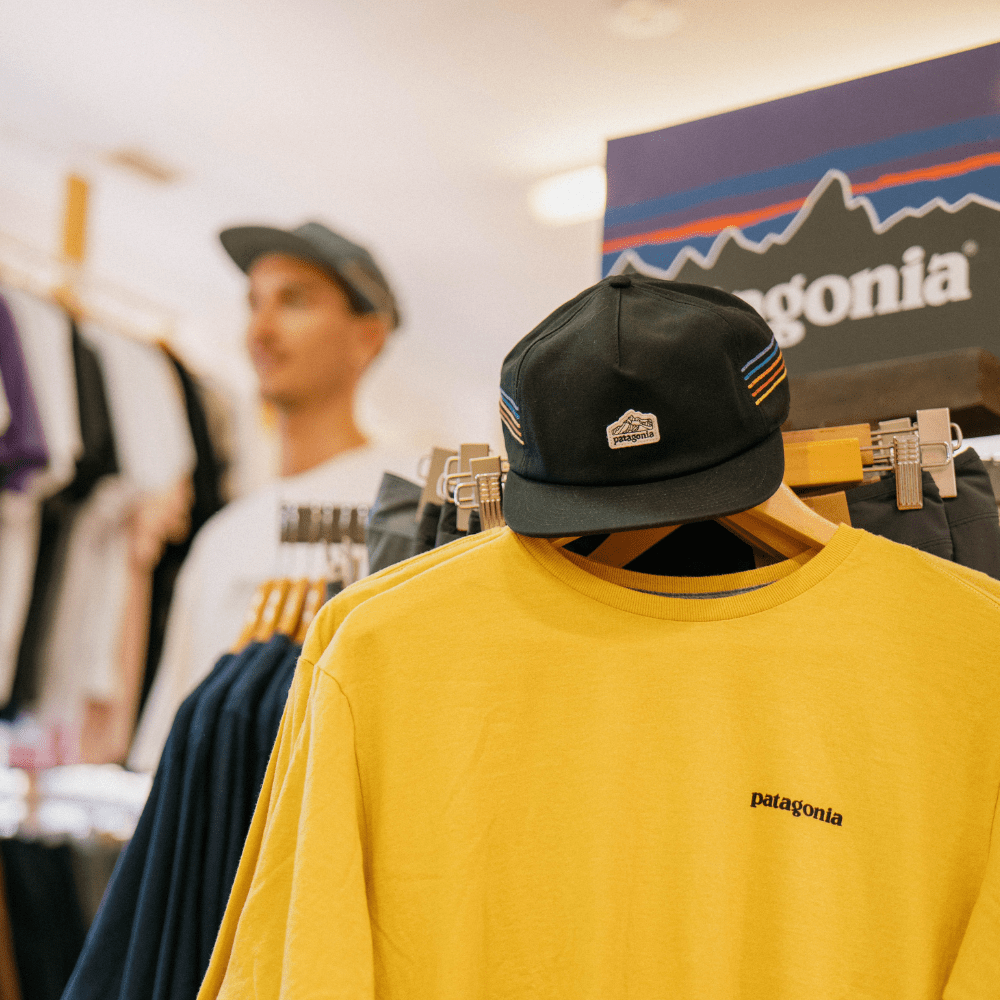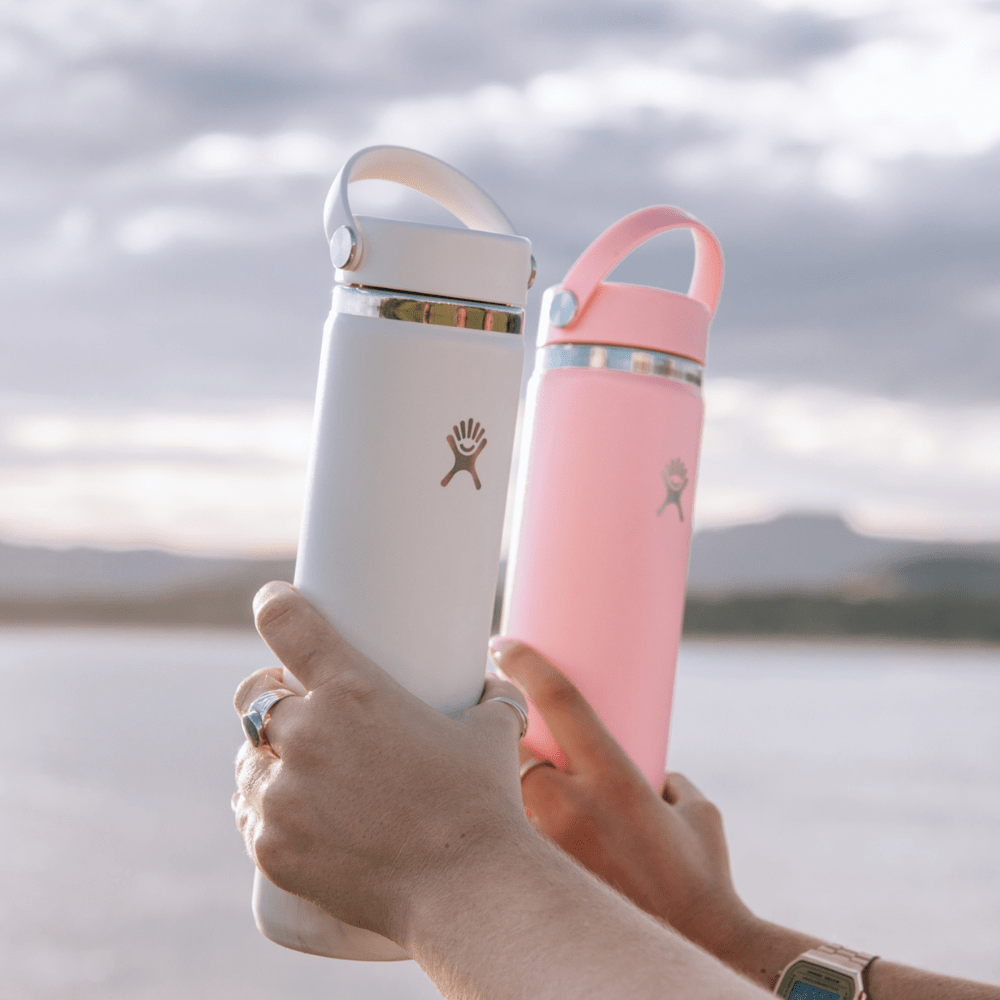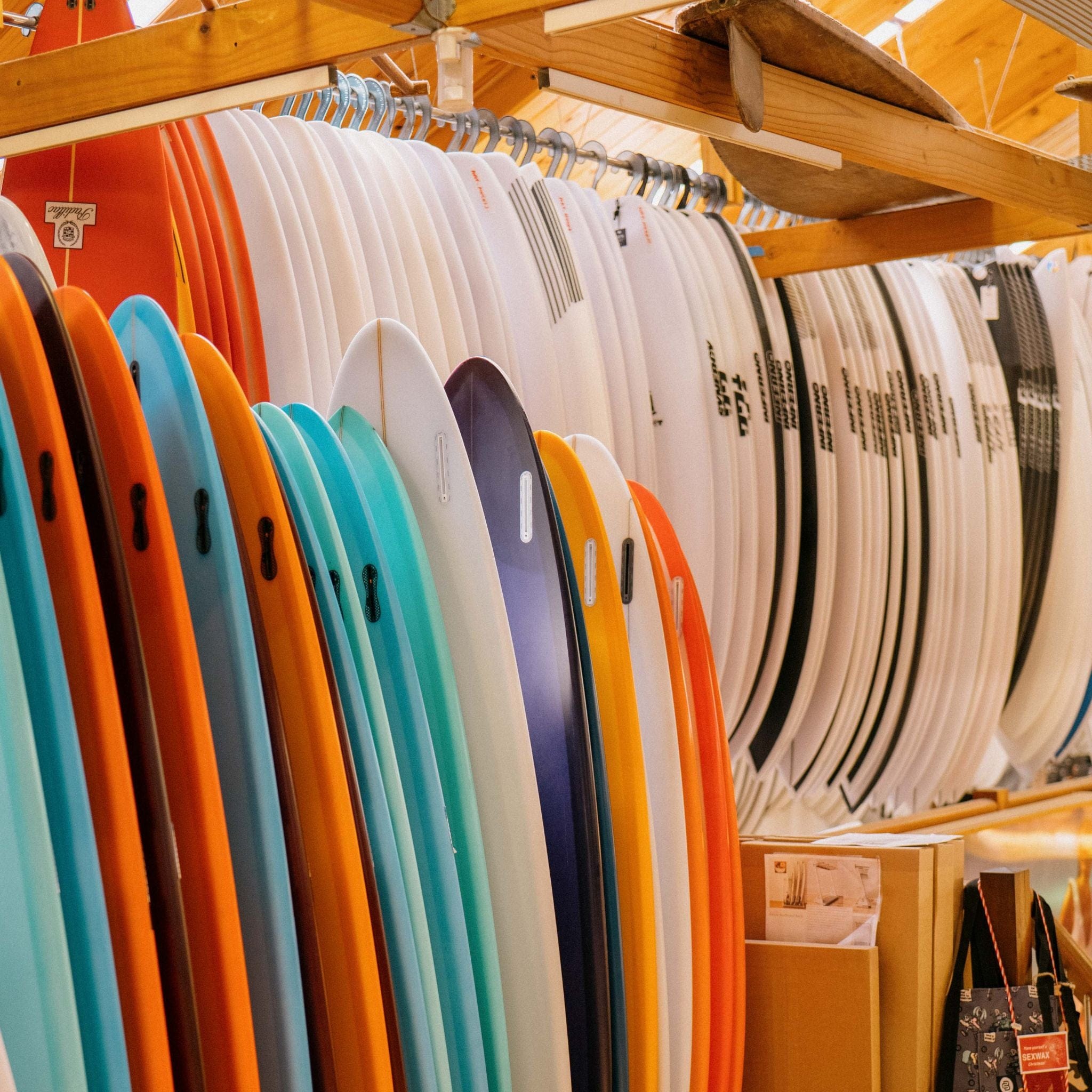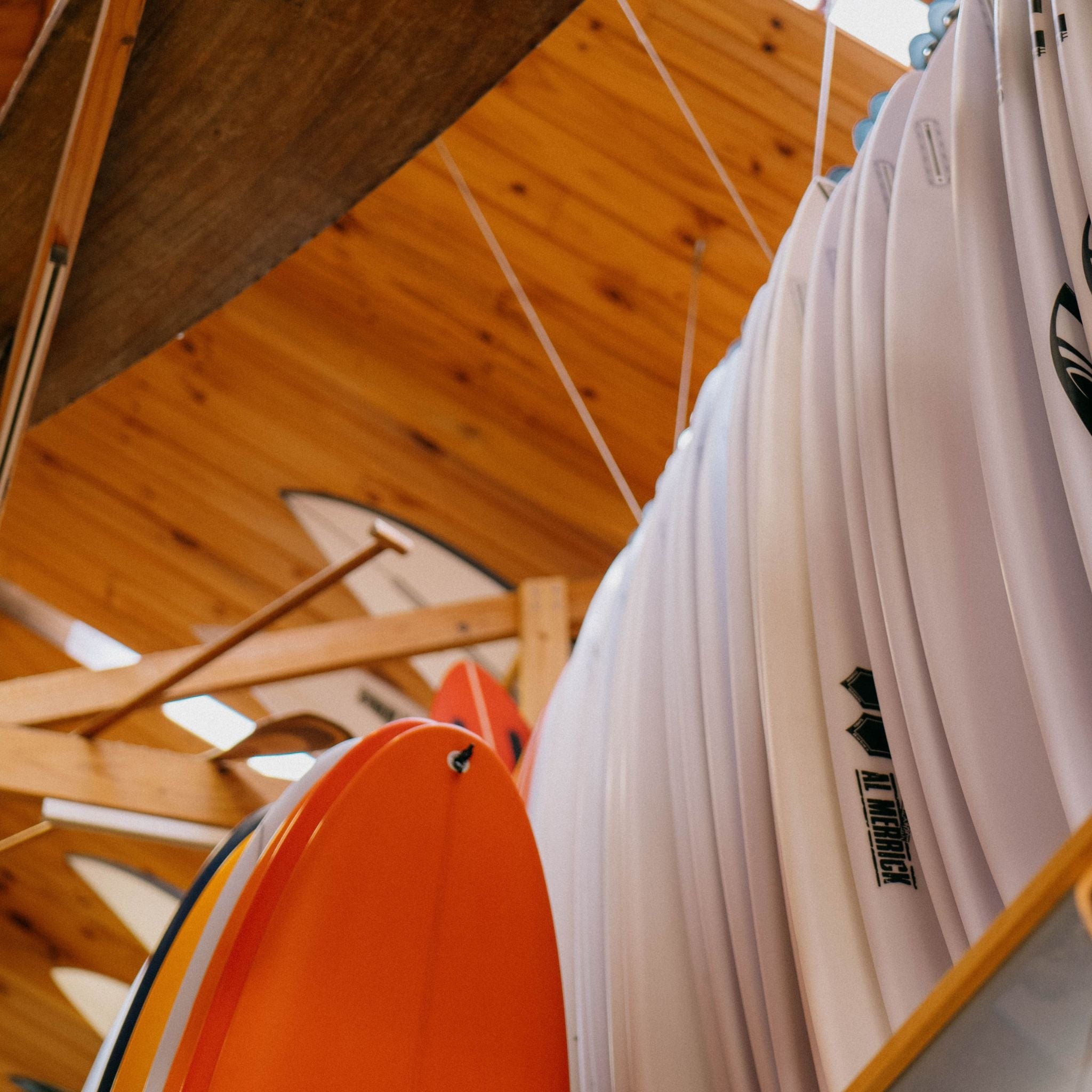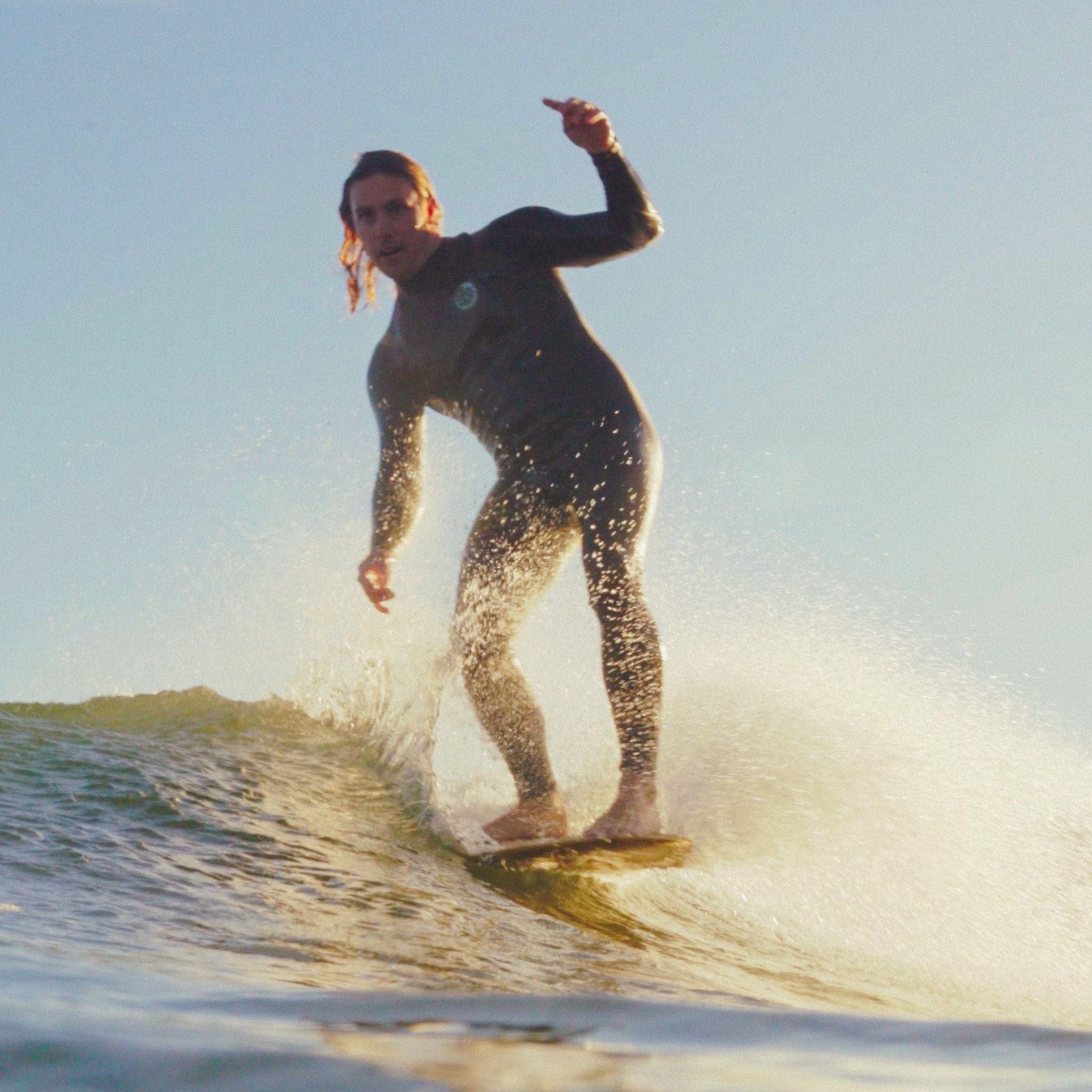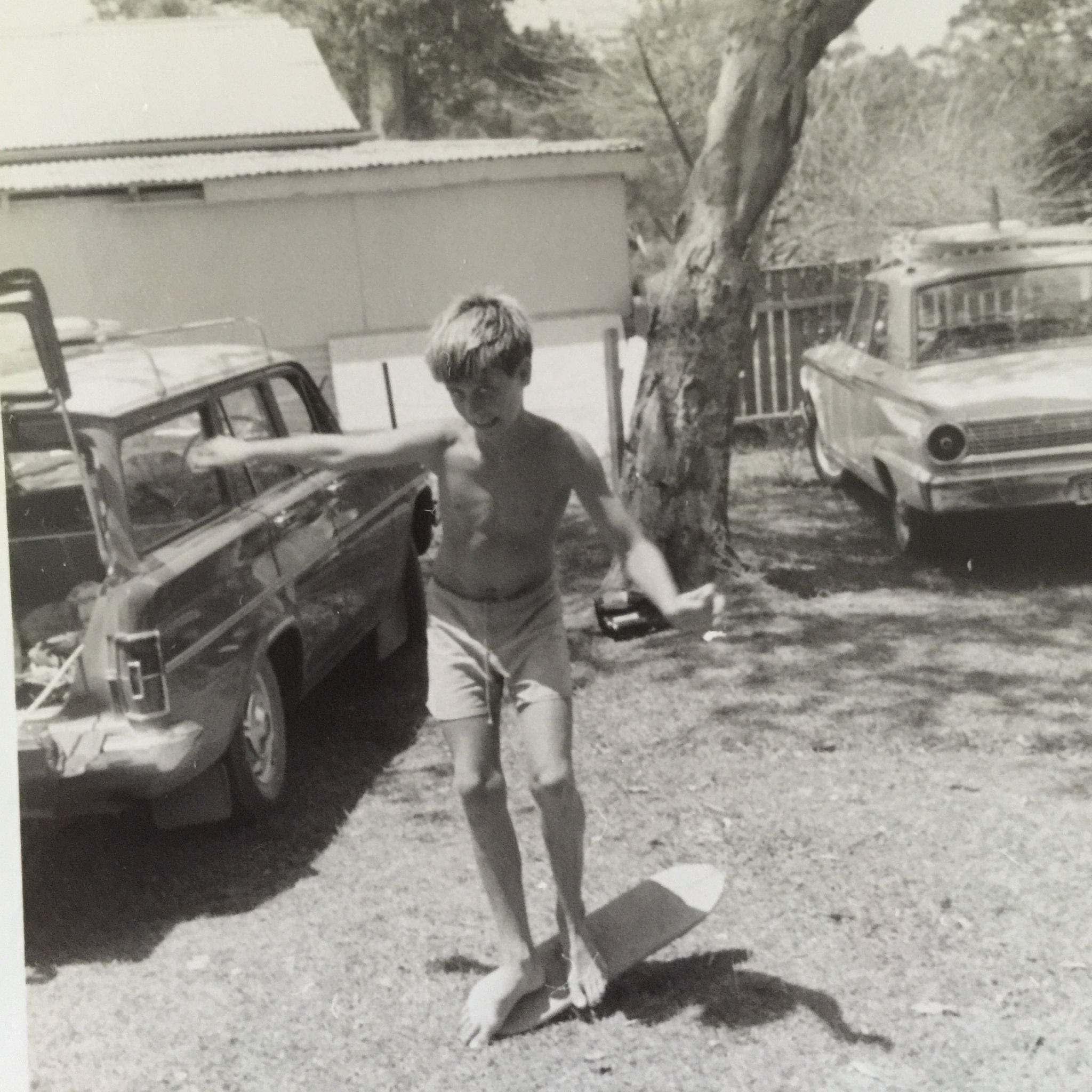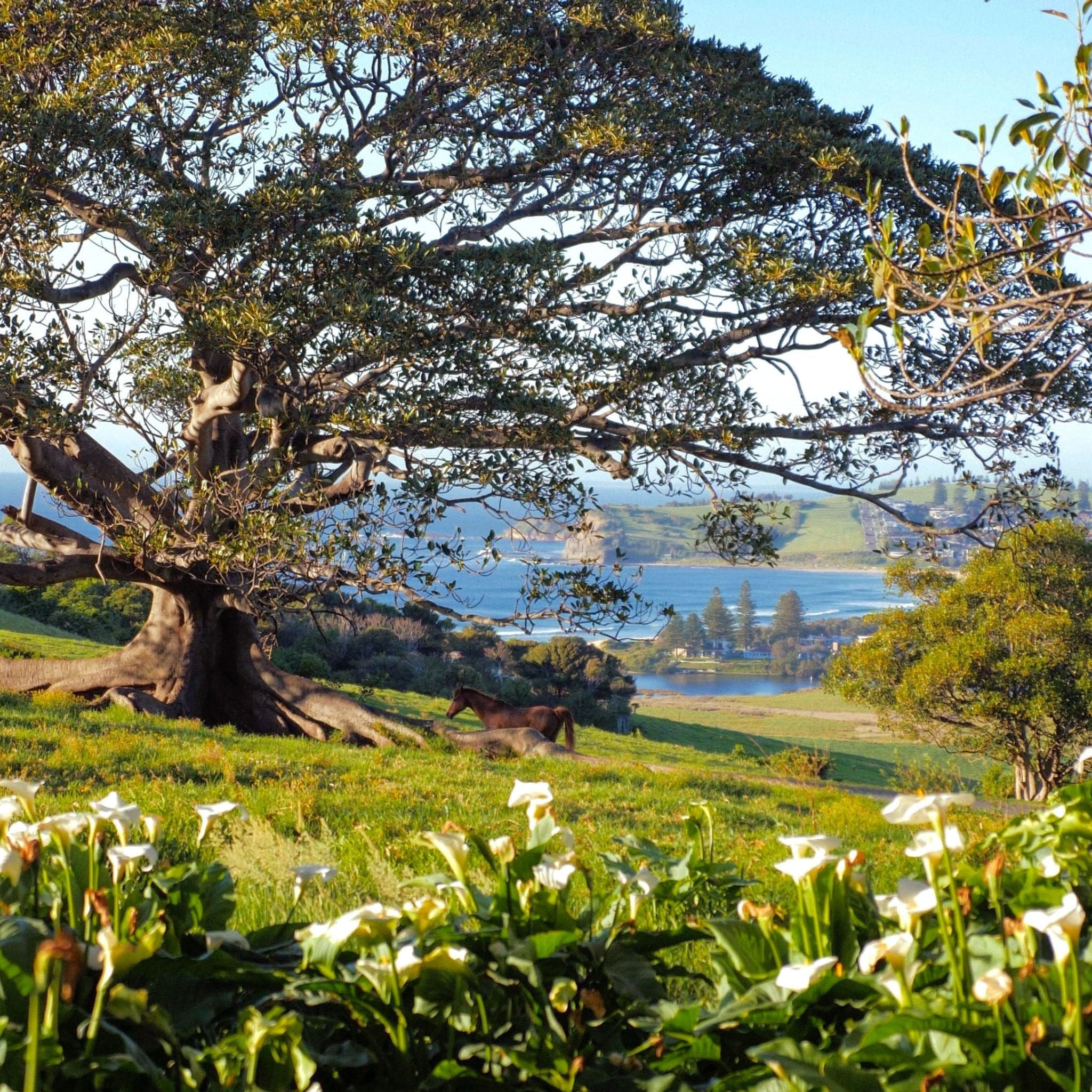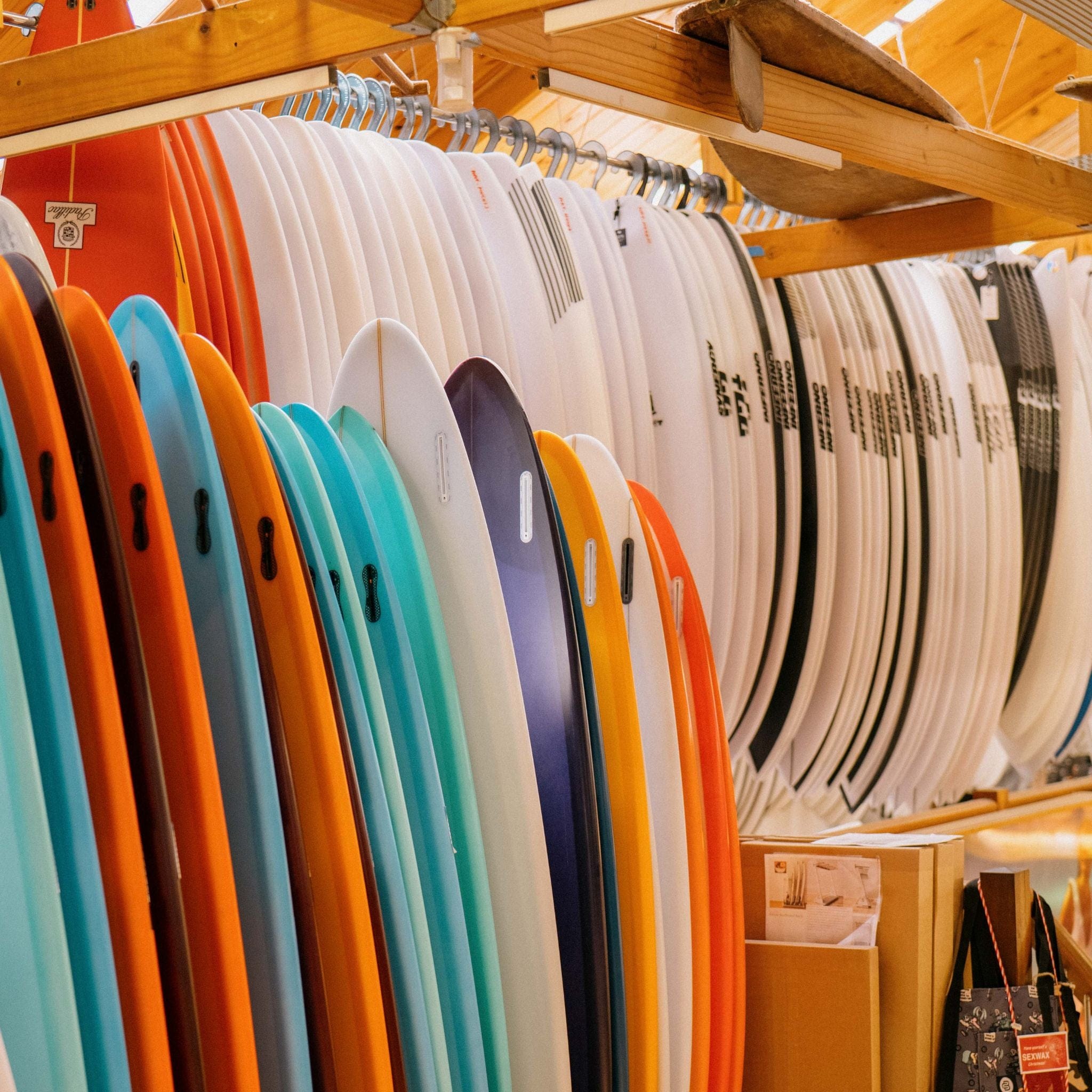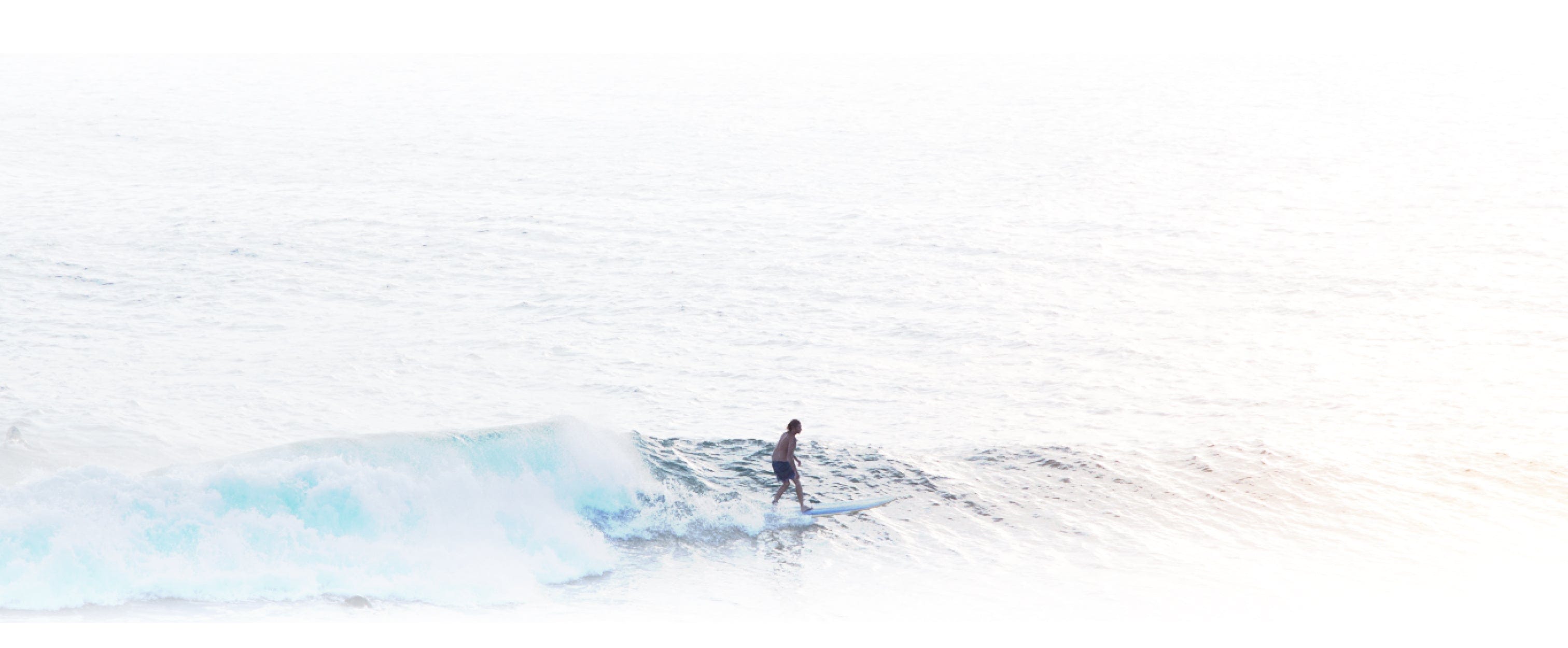Waves come in all shapes and sizes.
There are sound waves.
There are light waves.
There is the wave from the old bloke who just dropped in on you as he glides down the line, leaving you in his wake.
Then there are ocean waves, which as surfers, allow us to do what we love most. Ride them.
But where do these ocean waves come from? How do ocean waves form? And what makes them so different from other types of waves?
We've pondered these questions ourselves numerous times. So it's about time we rolled up our (wetsuit) sleeves and answered once and for all: what causes ocean waves?
The Basics: What Are Ocean Waves?

As you can imagine, we can go as technical and deep on this topic as we want.
We could baffle and bore you with complicated physics equations and terminology. But we'll keep it simple because, let's be honest, we'd rather be surfing.
Ocean waves are simply the movement of energy through water. They can be created by a variety of factors, such as wind, tides and earthquakes.
One thing they all have in common is that they transmit energy from one point to another in the form of surface waves.
The size and shape of an ocean wave depend on the strength and duration of its generating force. For example, small ripples are formed when a light breeze blows across the surface of calm water.
Consequently, when strong winds blow over a large area for a longer period of time, larger wind waves are generated... which brings us to our next point.
Primary Cause: Wind and Its Role in Wave Formation

As surfers, the waves we surf are primarily caused by wind (unless you're Dylan Graves who surfs just about every wave type imaginable).
Wind blowing over the surface of the ocean creates ripples, which then further develop into waves. The stronger the wind and the longer it blows, the larger and more powerful the waves become.
Picture yourself blowing gently across a bowl of soup.
You'll see small ripples appear on the surface. The harder you blow, the bigger the ripples get.
Now imagine this happening on a much larger scale with stronger and longer winds blowing over the vast expanse of the ocean. This is ocean wave formation in a nutshell (or a soup bowl, if you will).
Other factors affecting wave size and shape
Wind Duration
Naturally, the strength of the wind is not the only factor that affects wave size and shape.
The duration of the wind (how long it blows) also plays a role. The longer the wind blows, the more time it has to create larger and more powerful waves.
This is why we often see bigger and better waves after sustained periods of strong winds.
Fetch
Fetch is a term used to describe the distance over which wind blows.
The longer the fetch, the more time and space the wind has to create larger waves.
For example, the fetch (or distance) between the southern coastline of Australia and Antarctica is huge. This expansive playing field means waves have plenty of opportunity to generate and build up strength before reaching the coastline.
Conversely, the fetch between Indonesia and the northerly coastline of Australia is relatively short, resulting in smaller and less powerful waves.
Other Natural Causes of Ocean Waves

Wind isn't the only natural force that causes ocean wave formation.
In fact, there are several other factors that contribute to the formation and movement of waves in the ocean.
Tides and gravitational forces from the moon and sun
The first one (and probably the one most surfers will be intimately familiar with) is the tide.
The gravitational pull of the moon and sun play a huge role in creating tides, which in turn affect the size and strength of waves.
During a full or new moon when the sun, moon and Earth are all aligned, we experience higher than average tides known as spring tides.
Conversely, during a quarter moon, when the sun and moon are at right angles to each other, we experience lower than average tides known as neap tides.
These changes in tidal height can significantly impact ocean wave conditions by either amplifying or dampening wave energy.
Waves and tides also have another trick up their sleeve in the form of tidal wave bores like the famous "Silver Dragon" wave in China's Qiantang River.
Underwater seismic activity
Earthquakes, volcanic eruptions and landslides can all cause powerful underwater disturbances that result in large waves known as tsunami waves or storm surges.
These events can happen anywhere in the ocean, but are most commonly associated with earthquake-prone regions like the Pacific Ring of Fire.
Tsunamis can travel at speeds up to 500 miles per hour and have wavelengths of up to 600 miles, making them incredibly destructive when they reach land.
In fact, some of the largest waves ever recorded were caused by seismic activity, such as the 1958 Lituya Bay megatsunami in Alaska which reached a height of over 1,700 feet – that's over half a kilometre in height or roughly the same size as the Australia Square Tower.
Imagine that thing bearing down on your beach towel!
Coastal geography
Last but not least we have coastal geography, which plays a major role in shaping the size and strength of waves hitting a particular shoreline.
Now, coastal geography doesn't actually create waves per se, but it does have a significant influence on their behaviour.
Think of the coast as a funnel for wave energy. The shape and slope of the coastline, as well as any obstacles or features like rocks or reefs, can amplify or dissipate wave energy.
For example, a steeply sloping beach will produce taller, more powerful waves closer to shore compared to a shallow beach with gradual drop off.
Similarly, coastal features like headlands can cause waves to bend and refract, resulting in areas with stronger surf conditions and others with calmer waters.
How Ocean Waves Travel
It's surprising for most people (as it was for us) that open ocean waves don't actually travel horizontally. Instead, they move in a circular motion.
This is due to the fact that water molecules only move up and down as a wave passes through them, not forward or backward.
This is where things get interesting.
Remember when we talked about ripples on the ocean surface? These are actually called capillary waves and they're created by small perturbations on the surface of the water, such as raindrops or in this case, wind.
As this circular motion continues and the perturbations increase (due to increasing wind), it creates a disturbance in the water that moves outward in all directions. This is known as a wave train.
Think about the wind as a giant hand pushing the water in one direction, causing the circular motion to propagate and create a wave train that moves away from its source.
As the wave radiates outwards, it also begins to change its shape. The wave crest (top) becomes steeper and the trough (bottom) becomes shallower.
This is due to a phenomenon called refraction, where the wave bends as it encounters changes in water depth or deep ocean currents. It's why waves often appear to break in certain areas and not others.
As the wave train continues on its journey, it eventually reaches land.
Here, the circular motion of the water molecules is disrupted by the ocean floor, causing the waves to break and crash onto shore.
Why Surfers Should Understand Wave Formation

Why are we telling you all this?
Because anything to do with what Mother Nature has created is a fascinating and complex process. And the more you learn about the nuances and complexities of ocean waves, the more grateful you'll be that we have them!
That's the philosophical answer, but there's also a practical reason why surfers should understand how ocean waves form.
Knowing how waves are created and how they behave can help you predict the conditions at your local surf spot. Forecasts, while increasingly easy to read, still don't always get it right.
By understanding how waves travel and interact with the ocean floor, you can better anticipate what type of waves you'll encounter (and maybe score empty waves with mates).
From Werri to Gerroa, Bombo to Minnamurra, the waves breaking at these spots are all created in the same way.
Knowing how these waves form can give you an edge when it comes to picking the right spot for your next surf session. And when it comes to prepping for said surf session, you can find all the best gear and boards right here at Natural Necessity.


